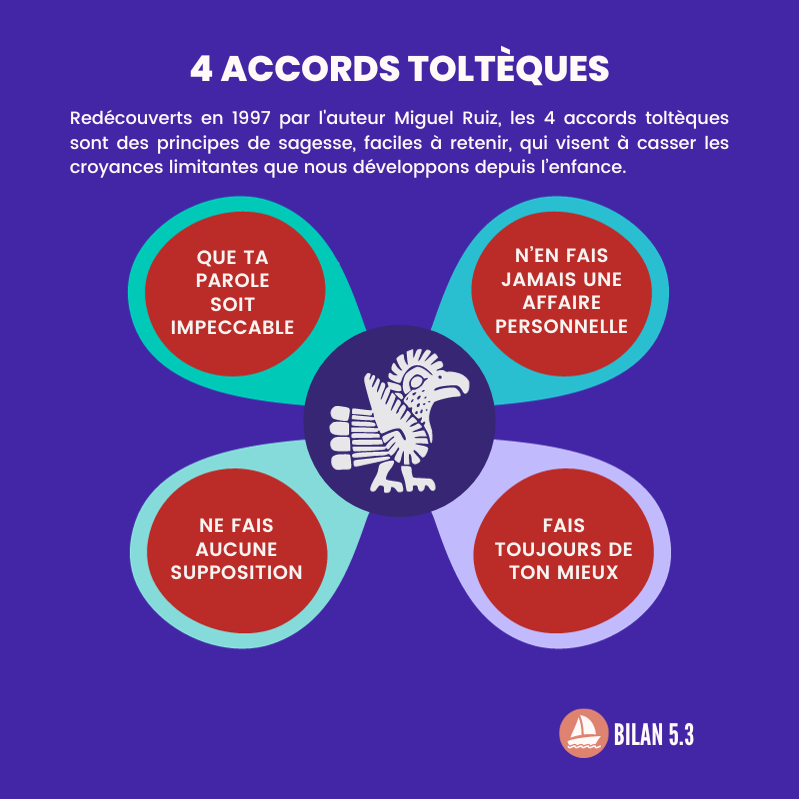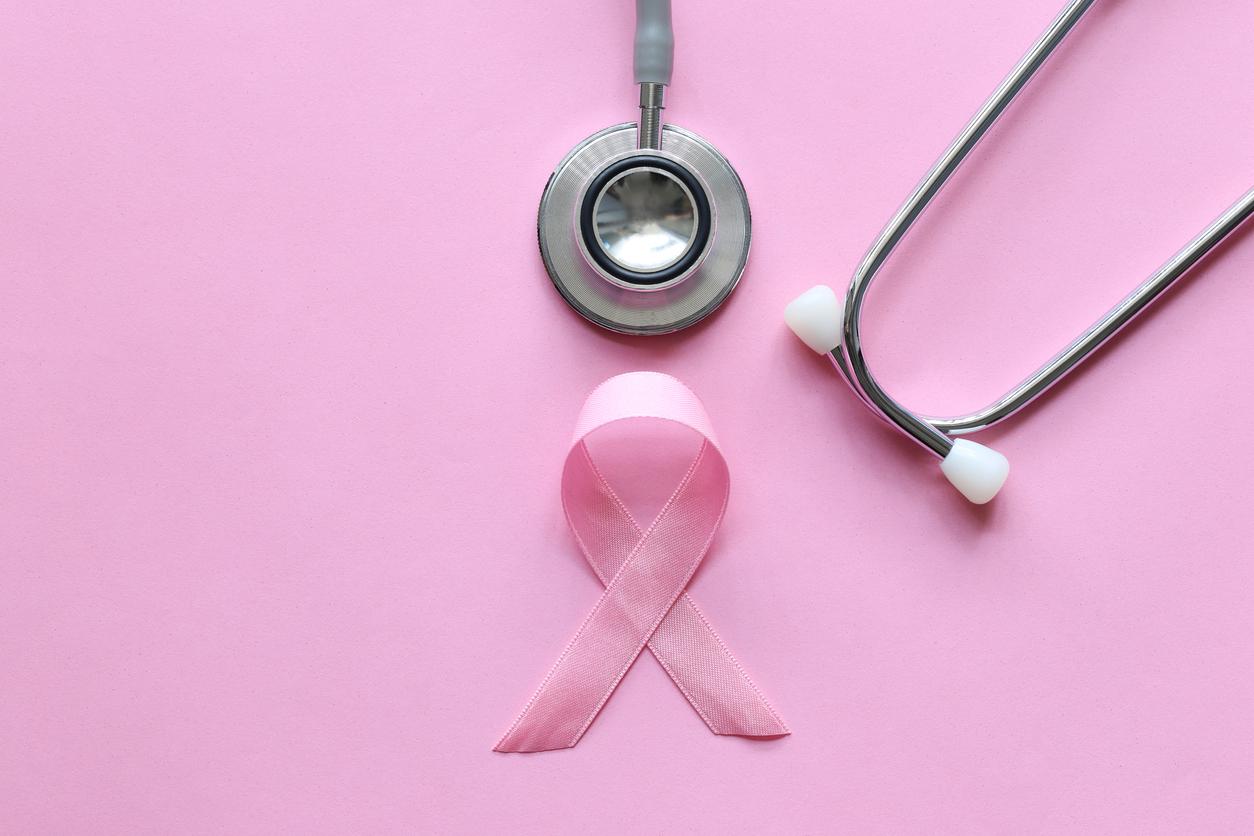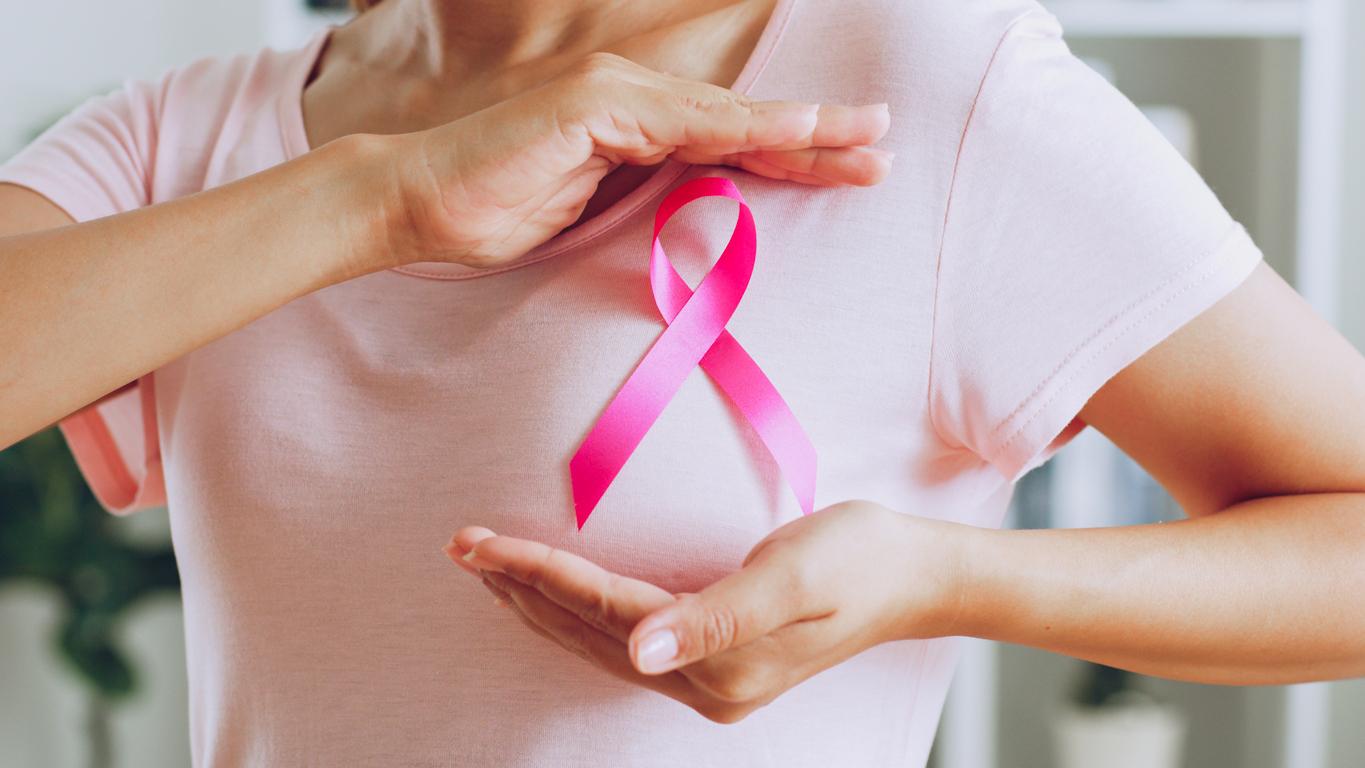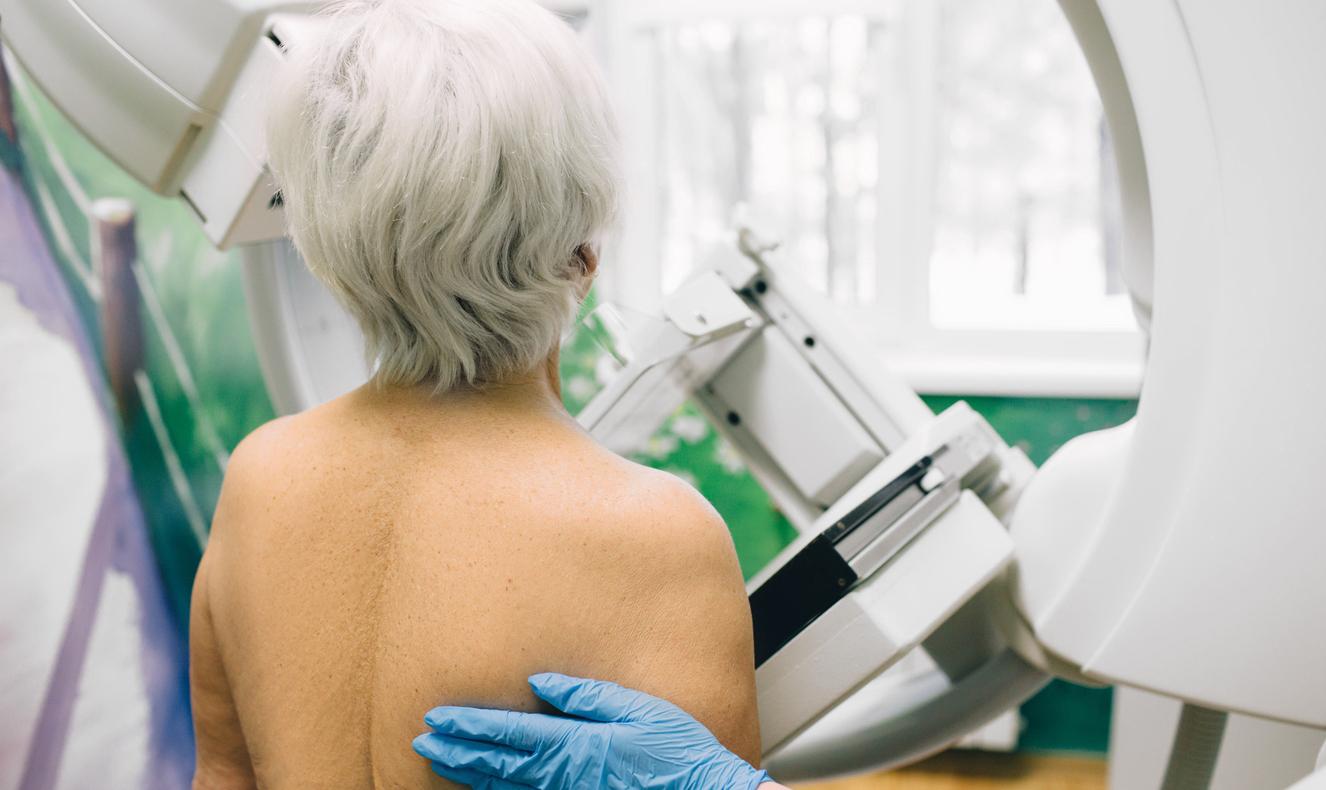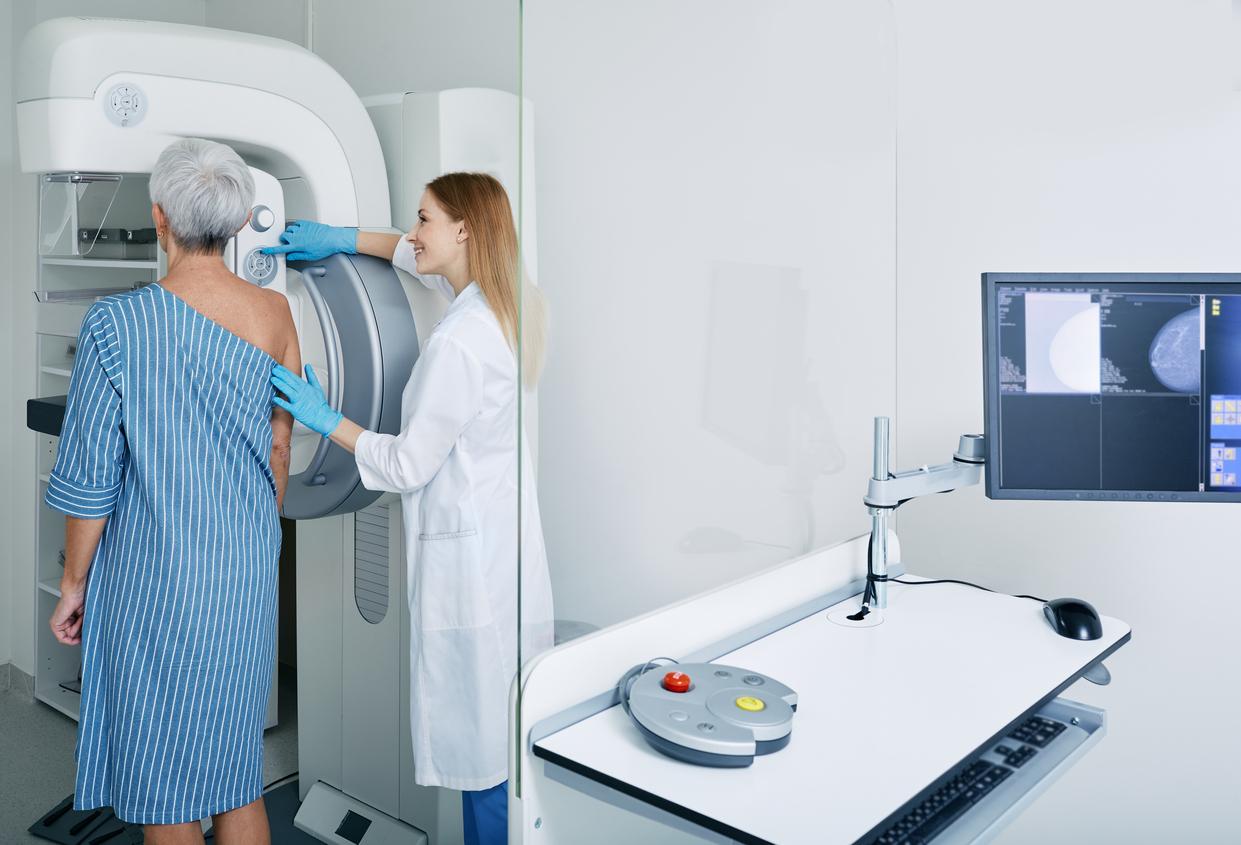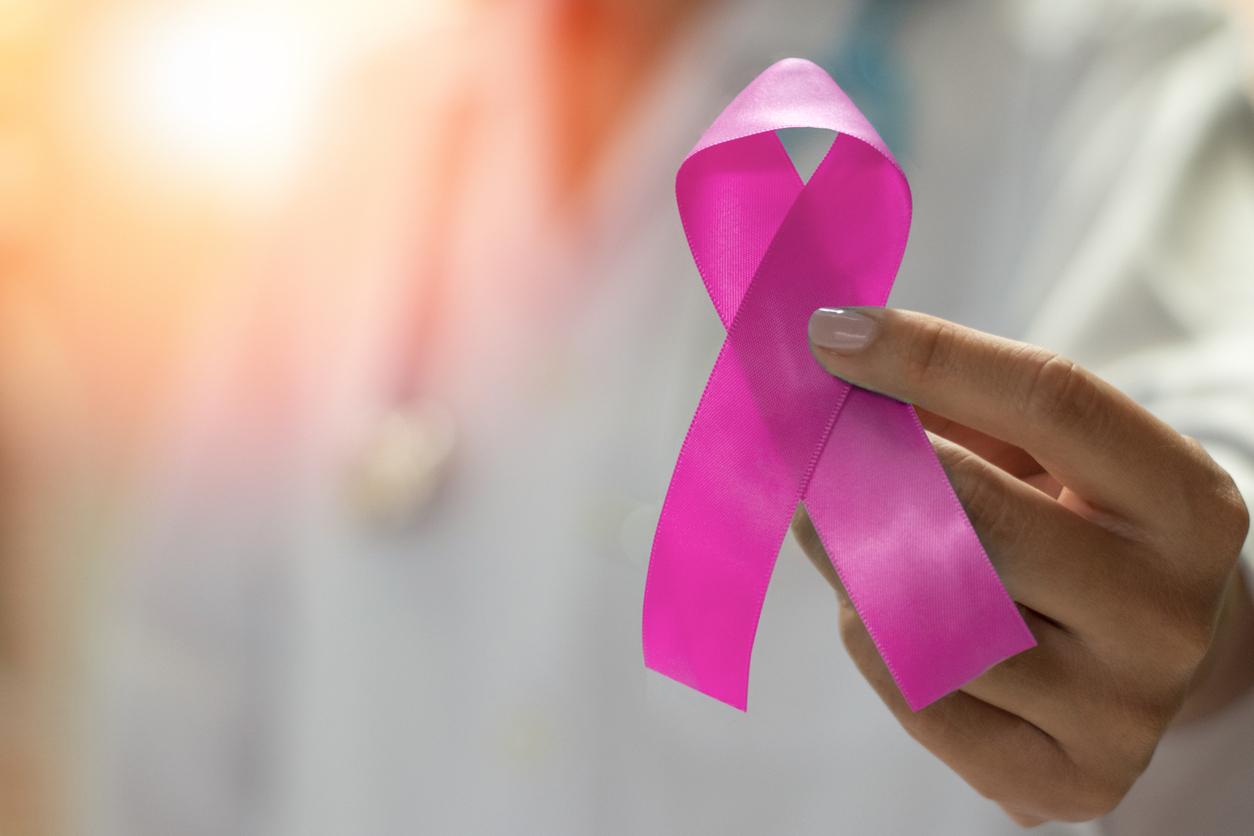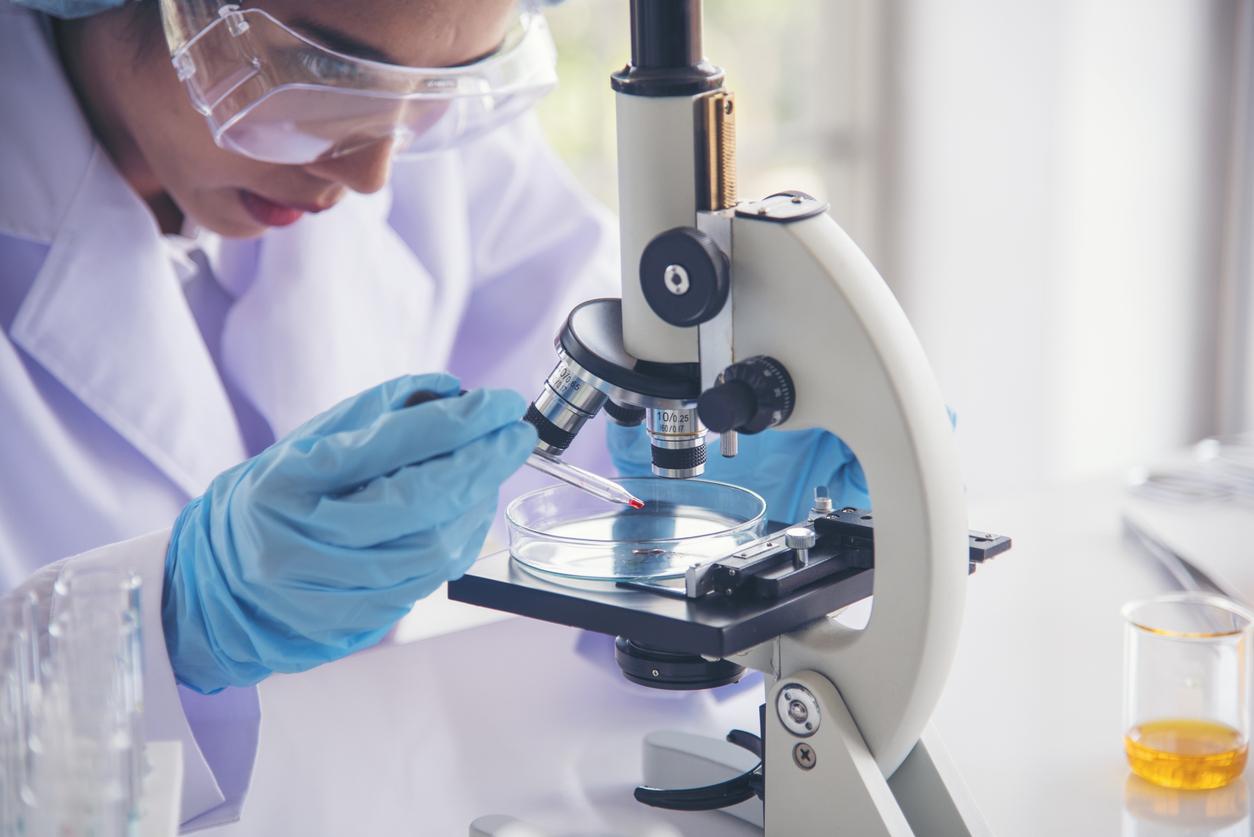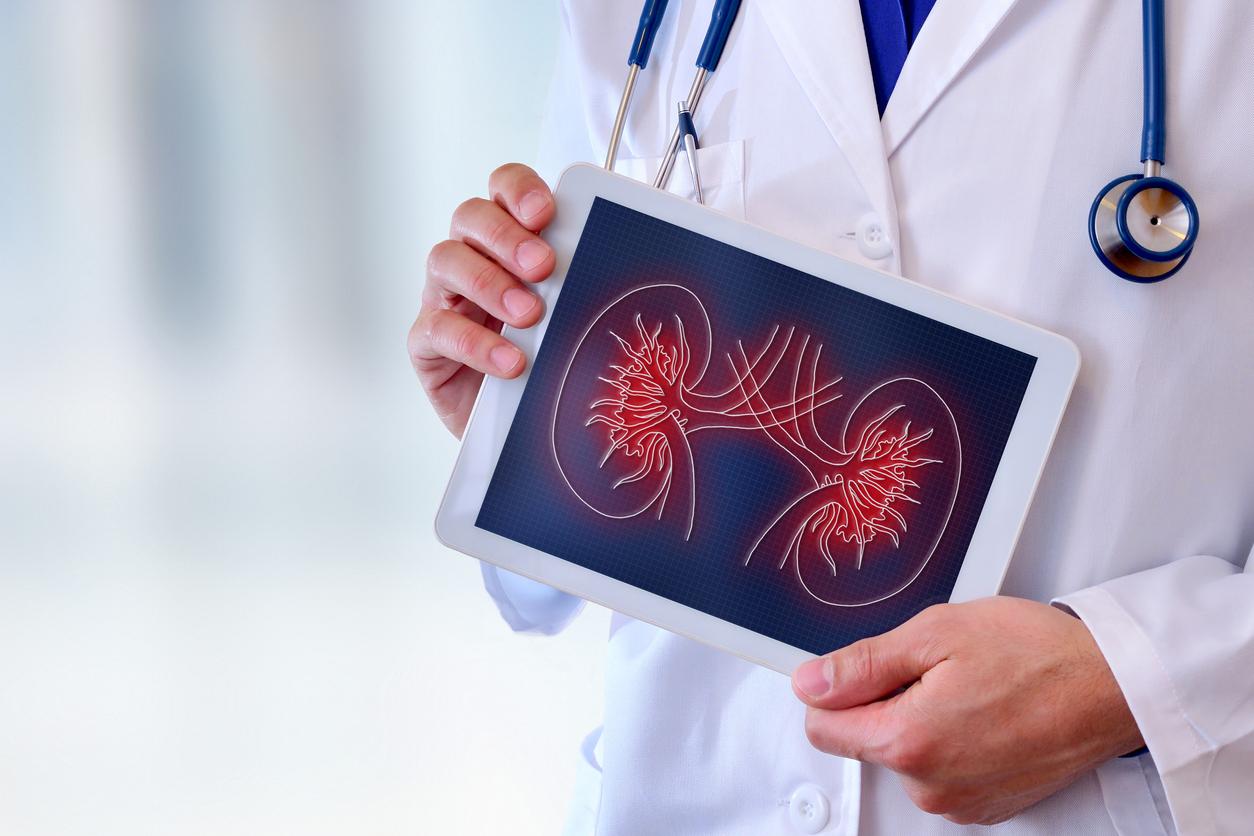Frequent use of cosmetics during girls’ puberty could increase their risk of developing breast cancer as adults.

- A new study shows that frequent use of certain cosmetics during puberty is associated with an increased risk of breast cancer.
- “The use of personal care products is a source of exposure to potentially modifiable endocrine disruptors that lends itself to multiple levels of intervention, including changes in the use of each product, in the formulation of the product, and in policies or regulations relating to products,” emphasize the researchers.
- Endocrine disruptors are substances harmful to the body because they are capable of interacting with our hormonal system and altering its functioning.
Lipstick, facial care, hair products, deodorants… Many cosmetic products contain endocrine disruptors, such as phthalates, parabens and phenols, which can affect the risk of breast cancer. “Although many endocrine disruptors used in personal care products are non-persistent, women may be chronically exposed through regular use.”, underline the authors in the preamble of a new study published in the journal Environmental Health Perspectives on February 2, 2024.
Puberty is a “window of sensitivity” to endocrine disruptors
During puberty, breasts are more vulnerable to environmental exposures because it is a time of rapid development. However, few researchers had already been interested in measuring the effects of exposures linked to cosmetics during this “sensitivity window” regarding the risk of developing breast cancer later.
In this new work, the researchers used a prospective cohort of 50,884 women enrolled between 2003 and 2009 in the Sister study which was conducted among people living in the United States or Puerto Rico, aged 35 to 74 and having a sister with a diagnosis of breast cancer but no personal history. Each of them answered questionnaires regarding their habits of using 45 types of personal care products between the ages of 10 and 13. 37 of these products were defined as “everyday products”, including 13 beauty products, 6 hair products and 18 skin care/hygiene products. Perfume, nail polish and remover, and lip moisturizers were the most common beauty products used by adolescent girls.
Breast cancer: be careful with cosmetics during puberty
During the 10.8-year follow-up, 3,545 women were diagnosed with breast cancer. After analysis of co-variates and the use of a statistical model widely used in the medical field, “Cox regression”, the researchers conclude: “Our results provide some support for the hypothesis that frequent use of certain personal care products during puberty is associated with an increased risk of breast cancer.”
“The use of personal care products is a source of exposure to potentially modifiable endocrine disruptors that lends itself to multiple levels of intervention, including changes in the use of each product, in the formulation of the product, and in the product policies or regulations”, they emphasize before recalling that other studies must now be launched. “Further research is needed to determine whether reducing the use of personal care products around puberty could provide an opportunity for breast cancer risk reduction early in life.”
How to recognize endocrine disruptors in cosmetics?
Endocrine disruptors are substances harmful to the body because they are capable of interacting with our hormonal system and altering its functioning. There are many exposures on a daily basis because they can be found in clothing, food packaging, toys, household products or, as we have just seen, cosmetics. They often hide under barbaric names in the list of ingredients and are therefore difficult to identify at first glance. In general, you should therefore avoid products that contain a lot of ingredients but also cosmetics imported from other countries which do not have the same regulations as in Europe.
To try to find your way around a little, UFC-Que Choisir offers special cosmetic sheets indicating risk products and in particular the risk levels depending on the user (pregnant woman, child, etc.). An official European list of known endocrine disruptors is available and regularly updated here.





